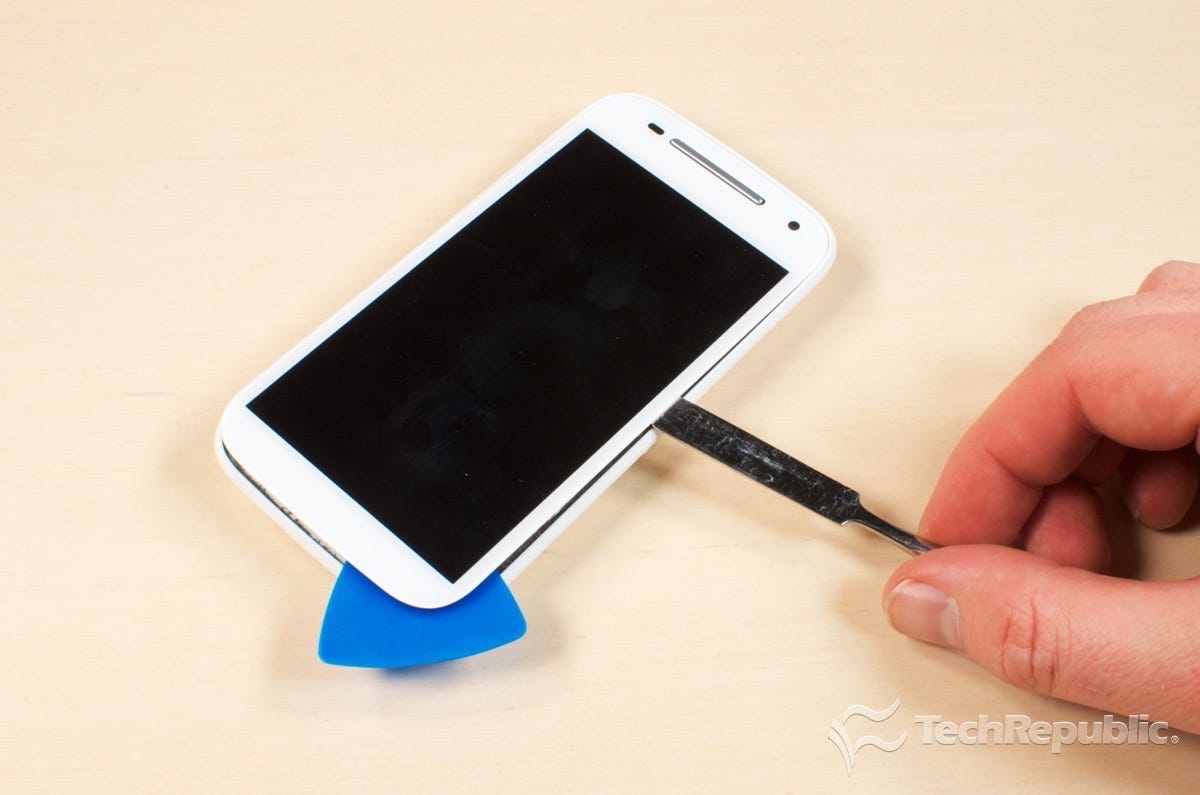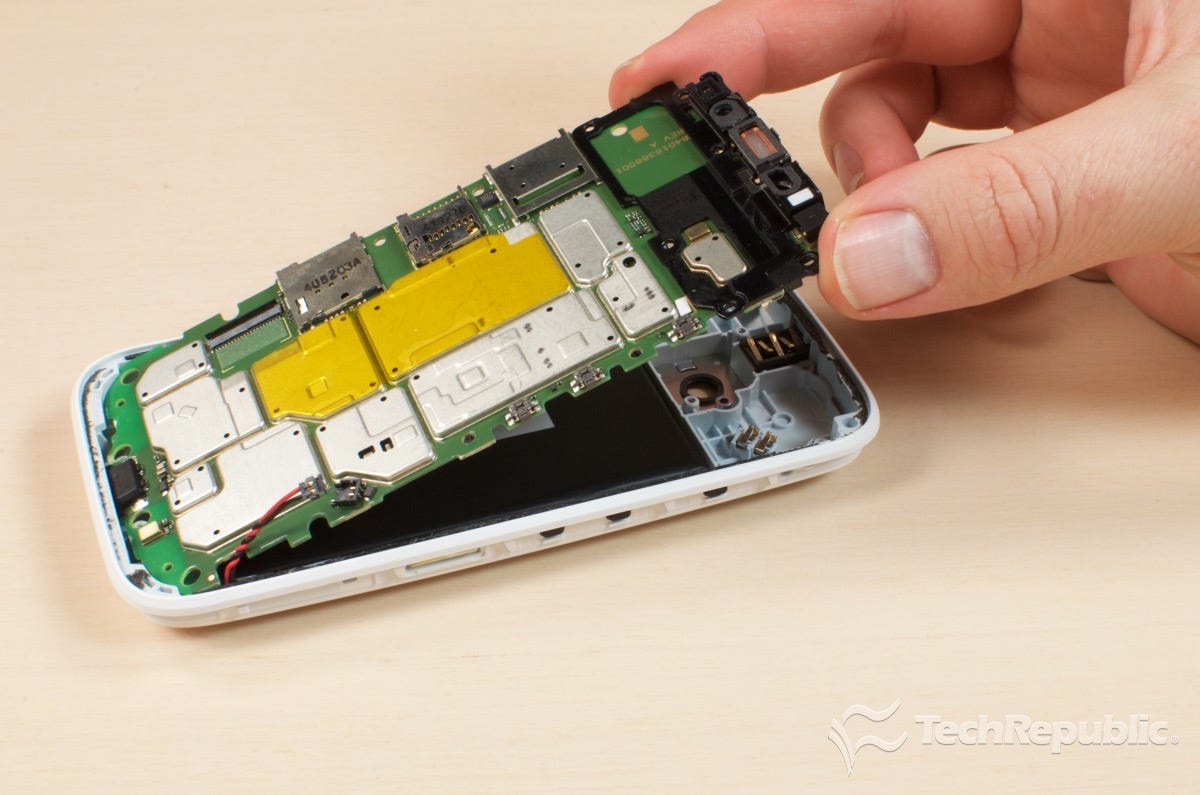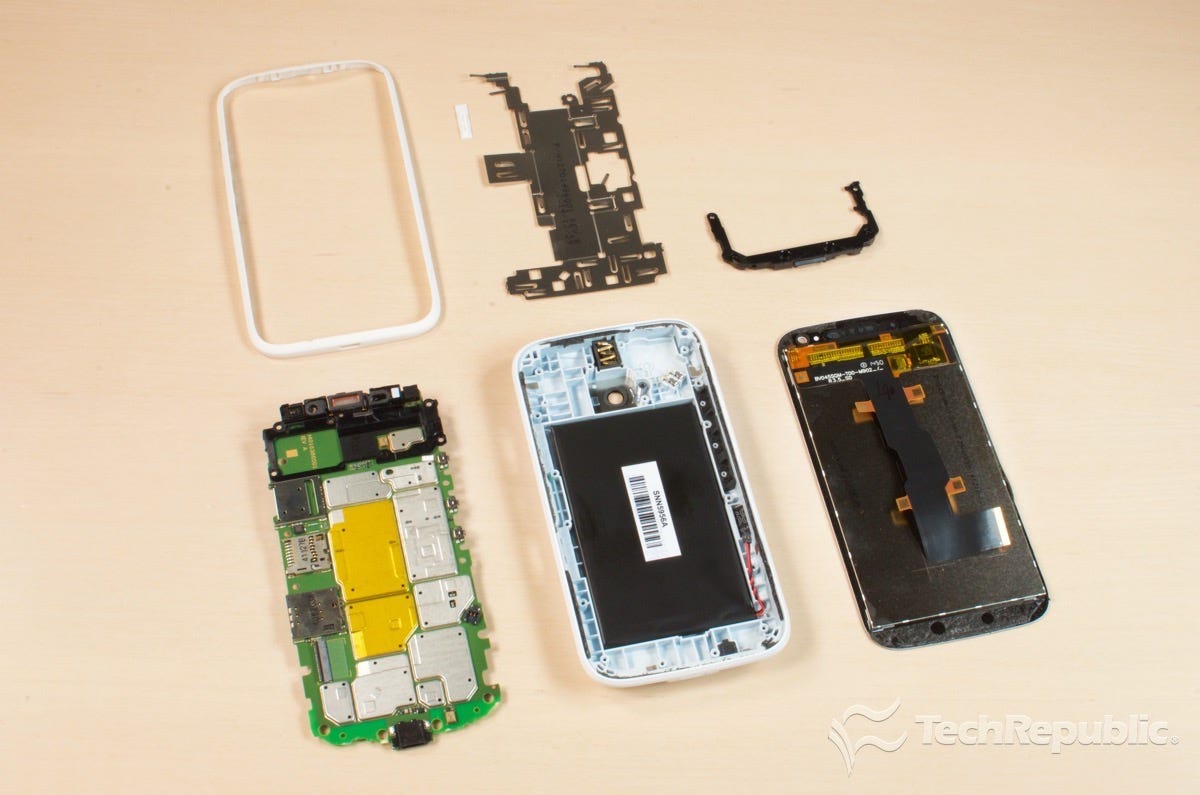

Now playing:
Watch this:
Motorola Moto E 4G LTE
3:32
While last year’s Moto E failed to impress in the specs department, its price was hard to beat. This year, Motorola is back with another version of its budget-priced Android handset, the Moto E 4G LTE — and not only does the new phone have better hardware, but a brand-new design, both inside and out.
Compared to the original Moto E, the Moto E 4G LTE’s hardware is a definite improvement. Its 4.5-inch display looks good, but it’s not 1080p. It has a 1.2GHz quad-core Snapdragon 410 processor and Adreno 306 GPU, 8GB of internal storage, 1GB of RAM, a 5-megapixel rear-facing camera, 0.3-megapixel front-facing camera, a 2,390mAh battery and 4G LTE connectivity. It also ships with Android Lollipop 5.0.2.
For more information on the Moto E 4G LTE, including real-world tests and pricing, check out Luke Westaway’s and Jessica Dolcourt’s full CNET review .
Those specs aren’t stellar compared to most high-end, flagship phones, but given the Moto E’s $150 US price, the phone’s still a good value.
Cracking Open observations
- Significant changes (inside and out): Along with the hardware changes, Motorola also significantly changed the phone’s external and internal design. Instead of a removable back cover, the phone has a removable plastic rim that hides the microSD card slot and a pair of SIM card slots. Also, gone are the external case screws. To open this phone, you’ll have to pry off the front panel.

Bill Detwiler/CNET
- Removing the front panel/display can be tricky: The front panel/display assembly is held to the body with adhesive tape, instead of screws or physical snaps. This makes it easier to crack the front glass or damage the LCD when removing the assembly. To ease the removal process, I used a heat gun to warm the edges of the panel and loosen the glue. You could also use a hair dryer or a microwaveable warming pad. With the glue loose, you can gently pry the panel and display away from the body, but it’s a delicate process.
- Screws galore: There are more than a dozen screws inside the case, but at least they are all the same size.


Bill Detwiler/CNET
- Battery glued to the case: Like the front panel and display assembly, the phone’s battery is glued to the plastic case. While it’s relatively easy to replace the battery once you’re inside the phone, care must be taken not to damage it during removal. Puncturing lithium ion batteries can create a fire hazard.
- Soldered components: Many of the phone’s internal components, such as the vibration motor and rear-facing camera are soldered to the circuit board (making them impractical to replace).


Bill Detwiler/CNET
Moto E 4G LTE has hits and misses
From a teardown standpoint, the Moto E 4G LTE is a mixed bag. On the downside, there’s the glued-on front panel, plethora of internal screws, and many soldered-on components. On the plus side, once you are finally inside the phone, removing the hardware is relatively easy and all the screws are at least the same size.
The same can be said of the handset overall. Its specs can’t compete with high-end phones, but given its price, the Moto E can be a good value. As Dolcourt and Westaway wrote in their review, the second-generation Moto E “could be a solid choice for first-time smartphone shoppers or those looking to pick up a new mobile without breaking the bank.”
To see more photos of our Moto E 4G LTE teardown, check out the full Cracking Open gallery on TechRepublic, CNET’s sister site.



